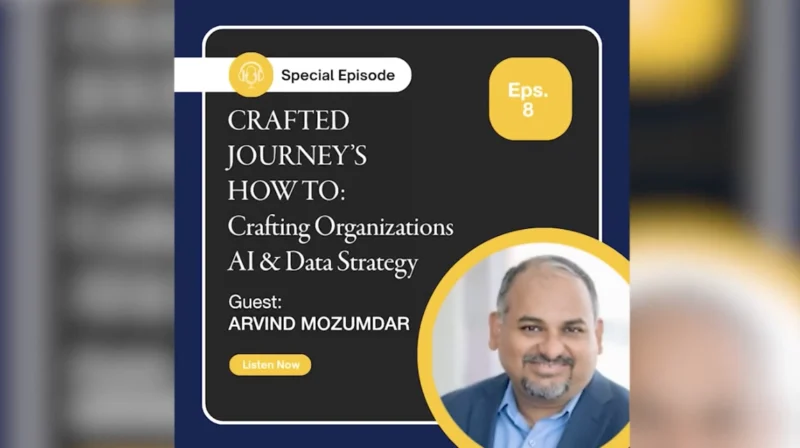As Goldman Sachs Predicts Deflation, Labor Market Remains “Most Forward-Looking” Inflation Indicator
Deflation is finally in the air. Firms like Goldman Sachs are expecting a drastic decline in U.S. inflation in 2023, estimating personal consumption expenditure (PCE) figures as low as 2.9% by December 2023, compared to the current measure of 5.1%. This comes in the wake of the CPI growing at slower rate than anticipated, clocking in a 0.4% increase M/M compared to an estimated 0.7% consensus.
According to Goldman Sachs, much of this deflation prediction is due to factors such as slower wage growth and supply chain constraints easing, overall putting less pressure on cost of production and logistics. This is baring out in core inflation numbers; inflation excluding food & energy costs, the core index, rose by only 0.3% in October, compared to a 0.6% rise the previous two months.
How accurate or confident are these deflation estimations from the likes of Goldman Sachs, though? Some economists, like Toptal Chief Economist Erik Stettler, say it’s important to keep in mind that inflation is “not linear,” meaning early deflation wins will be easier to come by than reproducing them the closer inflation gets to 0%. And while one month of easing pressures is optimistic, businesses should keep an eye to various factors to gauge how likely deflation actually is over the next year. According to Stettler, the primary gauge has been and should continue to be the state of the labor market.
Erik’s Thoughts
“The labor market remains the largest and most forward looking indicator for what we can expect from inflation, the Fed and the economy next year. And in this respect, there are certain additional indications of easing pressure. Labor costs rose three and a half percent last quarter after two consecutive quarters of well over 8%.
And very importantly, labor productivity increased, albeit by less than 1% after two consecutive quarters of some of the largest decreases we’ve seen since we began measuring it in 1947. Taken together, these two indications of ease and cost pressure and increased real output, do suggest that the latest slow down in inflation can be expected to continue.
Regarding Goldman’s specific forecast, however, it’s important to bear in mind that inflation is neither linear nor even a strictly mechanical phenomenon. By that, I mean, it is one thing to bring it down from a boil, but the closer we get to that 3% or less target, the more difficult each marginal element will be, even when we’re talking about the same absolute size and change.
Likewise, the role of expectations cannot be understated, and we still don’t know exactly how much the last few months have truly changed the market’s expectations on inflation, which then lead to its ongoing momentum and also set the floor. In terms of how low it can reasonably be brought in that one year timeframe. It is therefore very possible that it could hit a floor closer to around 4%, and then the Fed really will have to decide how much harder it’s willing to push.
Goldman, of course, understands this, but truly incorporating those dynamics into any forecast model are very difficult.”








